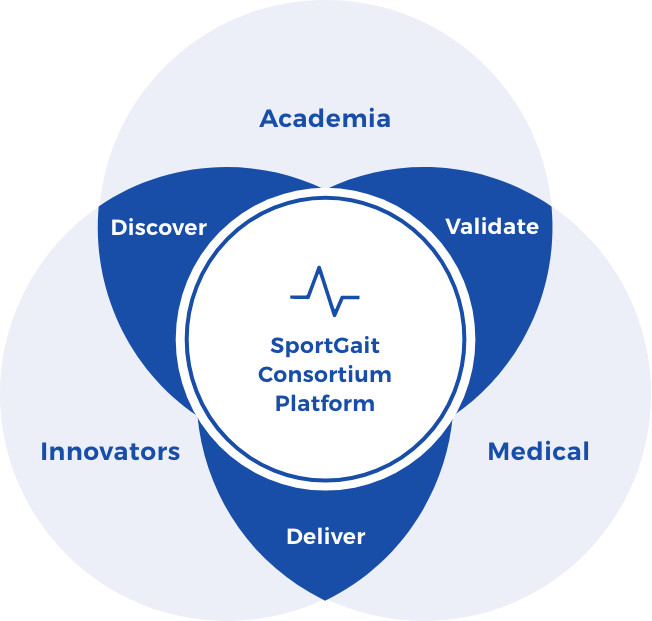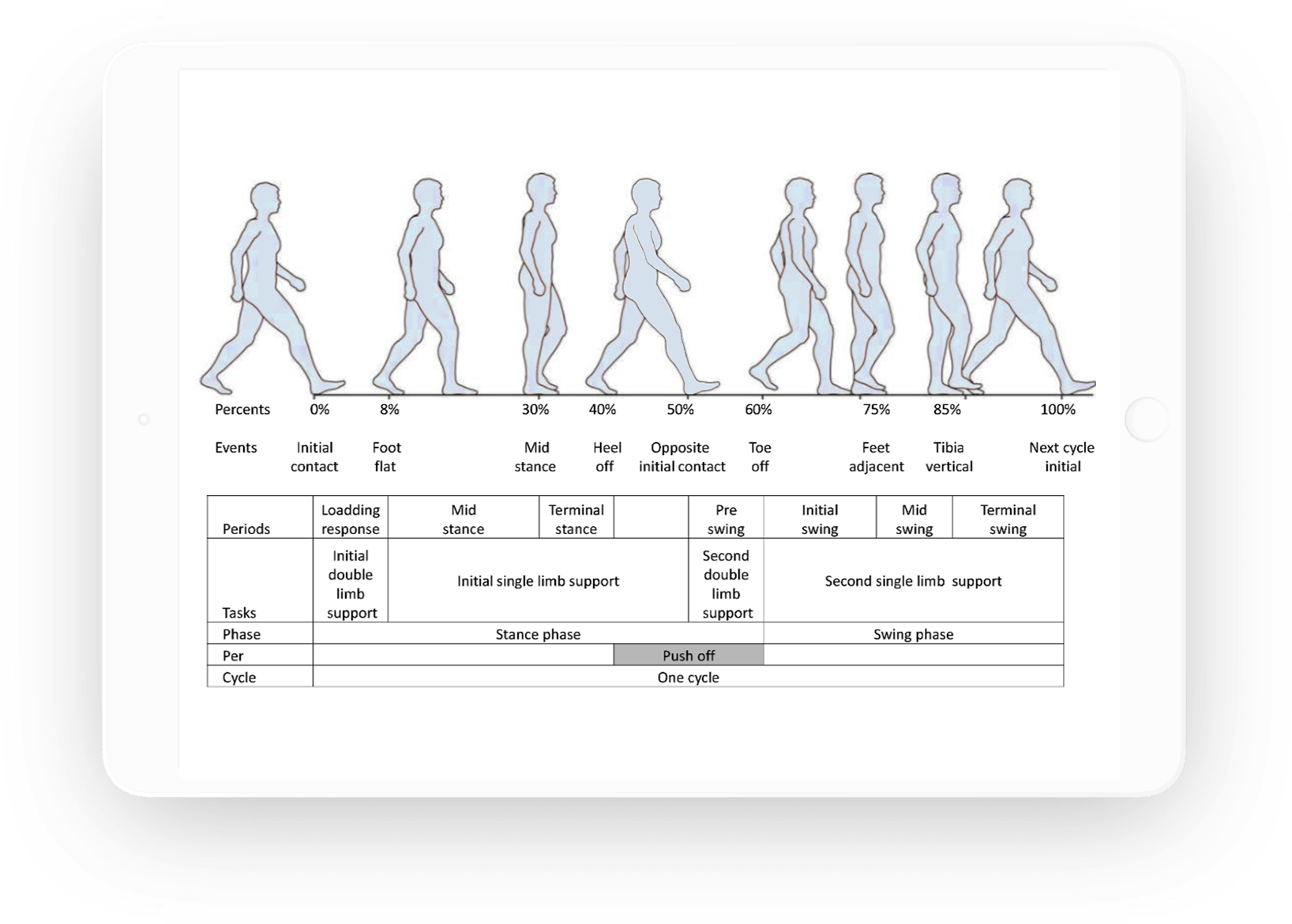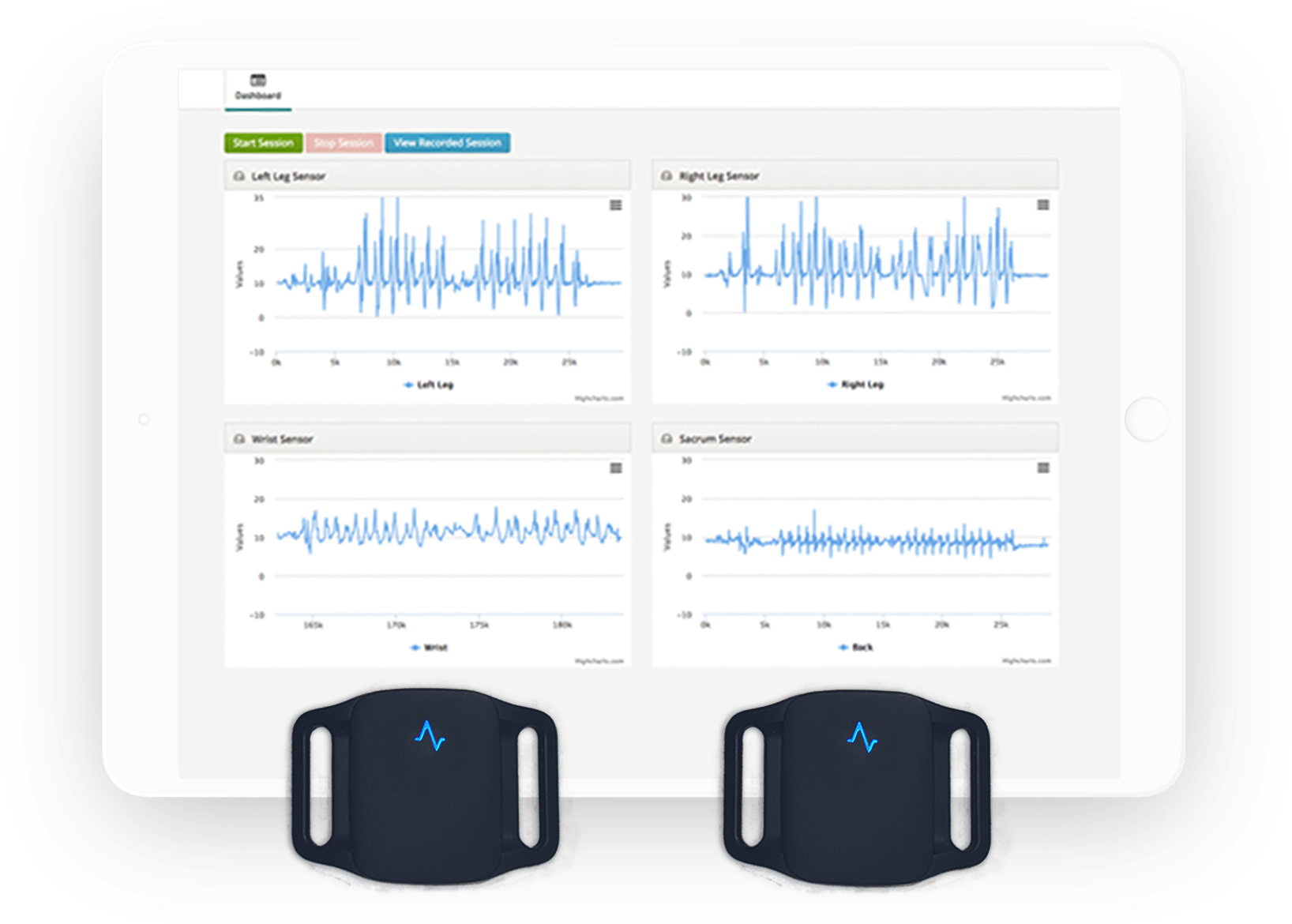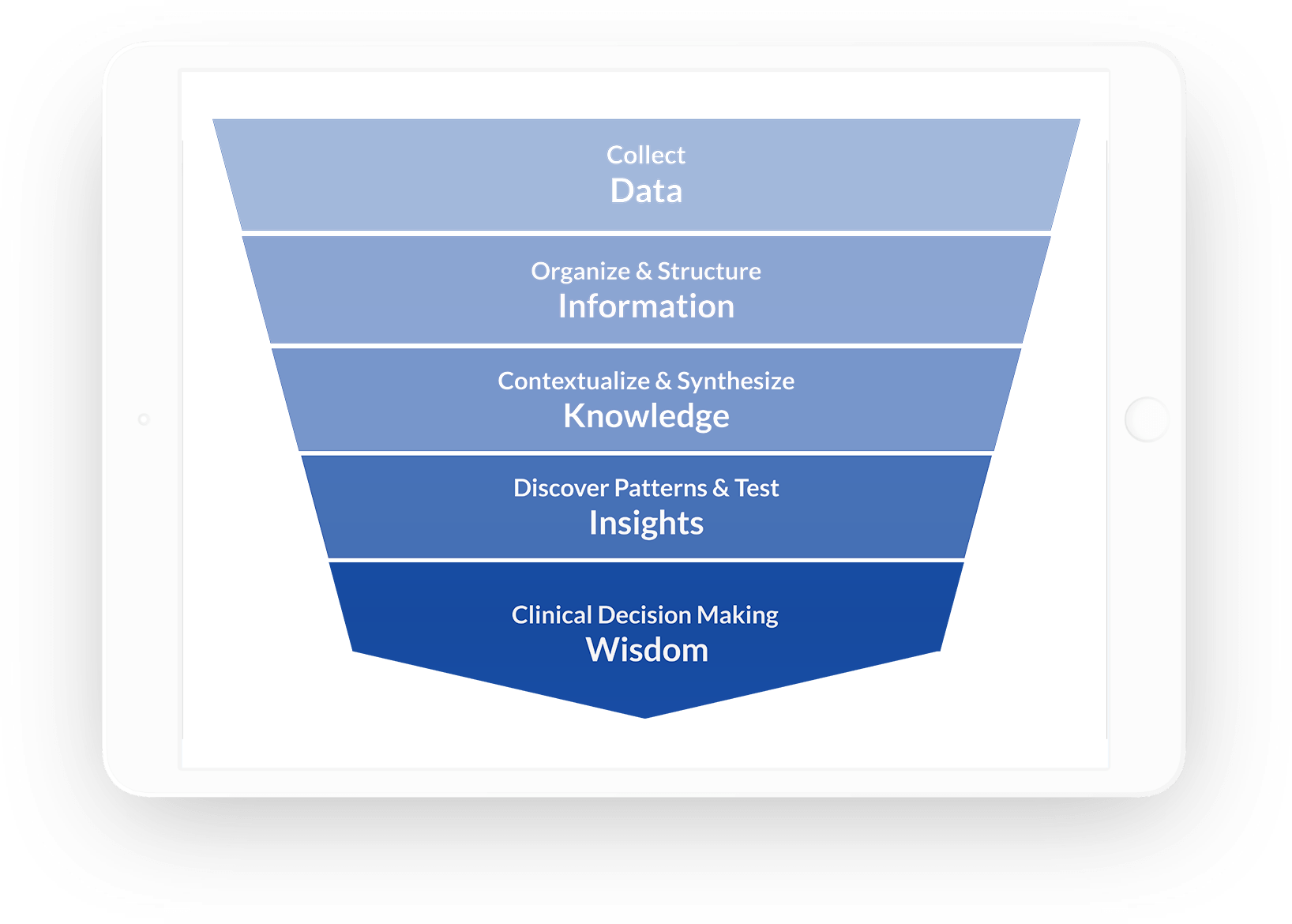What did we select?
The National Institutes of Health (NIH) 4-Meter Gait Test is a gait test commonly used to assess walking speed over a short distance. Gait involves dynamic postural control, where the individual changes their base of support throughout the movement. Concussed individuals appear to adopt a conservative gait strategy to maintain stability. Specifically, individuals with concussions have shorter stride length, whereas walking, as well as slower gait velocity relative to healthy controls, and gait slowing has been reported to persist for 28 days post-concussion (Cantena et al., 2007a, b, 2009; Parker et al., 2008). Gait slowing effects have been shown to be remarkably reliable and durable over time (Parker et al., 2006). Additionally, slower walking speeds and shorter stride lengths are evident in concussed participants evaluated 1 year after injury (Chou et al., 2004)
The 4-meter gait test has proven to be remarkably reliable, consistently yields some of the highest reliability coefficients, with inter- class correlation coefficients (ICC) values of .96 to .98 for adults (Peters et al., 2013) and ICCs of .81 for adolescents (Alsalaheen, 2014). While it only measures one domain, gait speed, it is readily and demonstrably indicative of the impairment associated with concussion and mTBI. As a result, when paired with other reliable neurocognitive measures, the 4-meter gait test could prove to be an invaluable part of an updated, more accurate concussion protocol.
Why we selected it
The research has demonstrated the NIH 4-meter test’s strong characteristics:
Test-Retest Reliability: 0.96 to 0.98 for adults (Peters et al., 2013); 0.81 for adolescents (Alsalaheen, 2014)
Validity: Gait slowing is predictive of concussion outcomes (e.g., Chou et al., 2004; Lecci et al., 2020; Parker et al., 2008)
Normative Data: stratified by age and gender (National Institutes of Health)
- Age range: 5-85 years from NIH Toolbox (Kallen et al., 2012)
- Gender: Male and female
No documented ceiling or practice effects with repeat testing.
What did we select?
The Balance Error Scoring System (BESS) is an assessment to measure static balance and postural control. Postural control is an individual’s amount of sway, with greater neuromotor control associated with less postural sway. Balance and gait stability that supports postural control is an especially useful two-pronged approach for capturing the neurobehavioral consequences of a concussion, as well as providing the needed sensitivity to inform return to play decisions (Howell et al., 2016).
The full BESS has been shown to have reliability ranging from moderate to good (Chang et al., 2014), with reliability coefficients of .7 achieved in a sample of children and adolescents, when using separate norms for men and women (Mcleod et al., 2006; note: test–retest values of more than .90 can be obtained when taking the average of multiple BESS administrations in one day; Broglio et al., 2009.) BESS scores typically return to baseline 3–5 days post-concussion (McCrea et al., 2004), thereby providing some information within the initial days post-concussion. Additionally, best practice guidelines recommend balance testing as a critical component in the clinical examination of a concussion (Harmon et al., 2013; McCrory et al., 2013).
The computerized BESS, which automates and facilitates the delivery and timing of the full BESS, was more recently developed to provide a more objective and quantitative method of assessing balance errors. Comparisons of the computerized BESS to standard scoring procedures have shown that computerized BESS scoring is more sensitive in its measurements of performance and postural stability than scores calculated from traditional motion capture data alone (Alberts et al., 2014). Additionally, inter-rater reliability between computerized and standard human-calculated BESS scores have been found to range from fair to excellent (0.44-0.99) across the six main stances (Caccese & Kaminski, 2014; cf. Houston et al., 2019). With respect to validity, the computerized scores are generally equivalent to human-rated scores across balance conditions (Glass et al., 2019).
Why we selected it
The following research has demonstrated strong characteristics of the BESS:
Test-Retest Reliability: 0.70-.90 in children and adults (e.g., Mcleod et al., 2006)
Validity: Critical in measuring the sequalae of concussion (e.g., Harmon et al., 2013; McCrory et al., 2013) and has predictive validity concussion symptoms (Lecci et all., 2020).
Normative Data: stratified by age and gender (e.g., Iverson & Koehle, 2013).
- Age range: 5 to 23 stratified by age and gender, age 24+ stratified by age (e.g., Iverson & Koehle, 2013).
- Gender: Male and female
No documented practice or ceiling effects.











